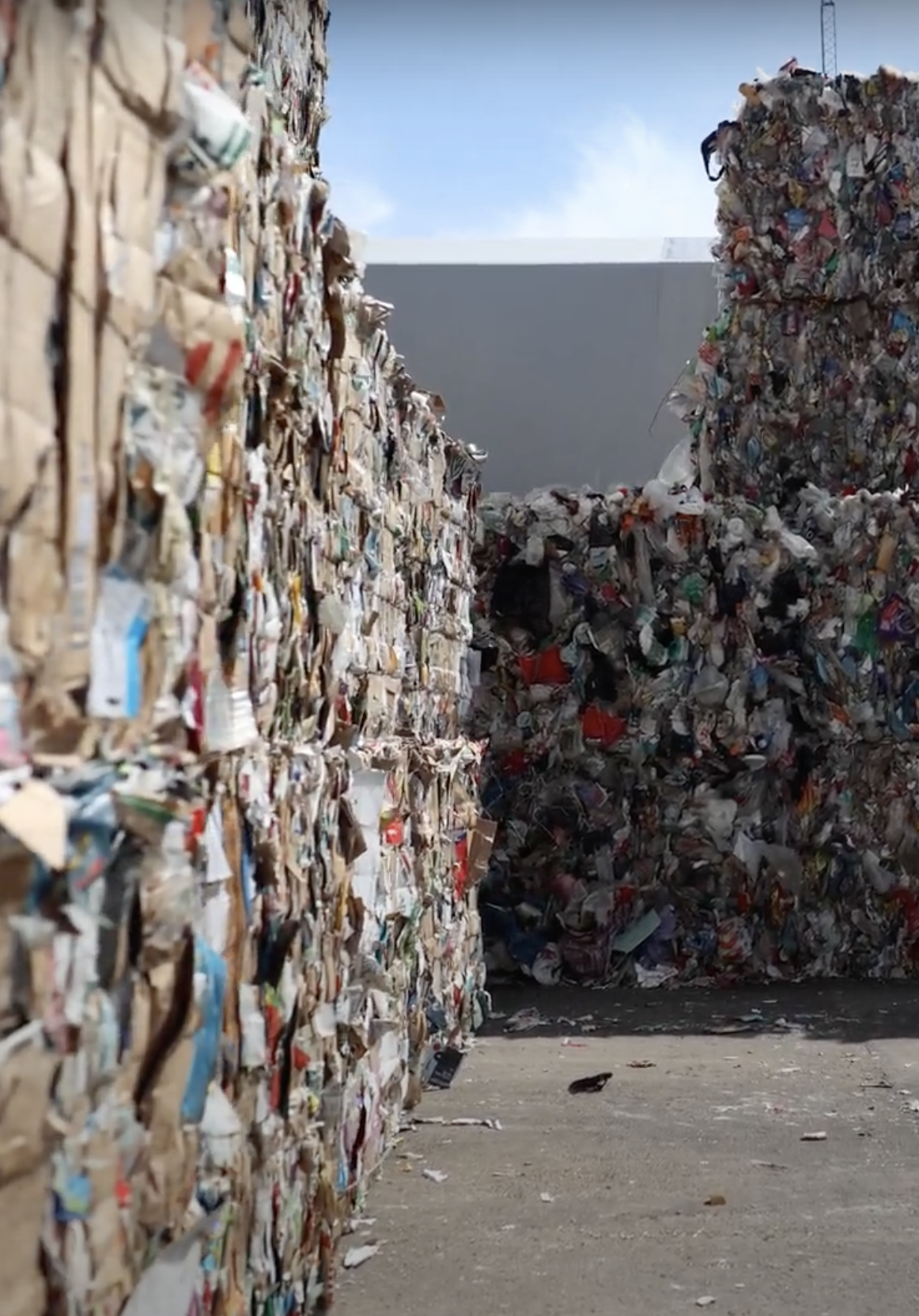Why Local Recycling Companies Matter for Community Growth
Why Local Recycling Companies Matter for Community Growth
Blog Article
Recycling represents a crucial role in environmental sustainability, and knowledge the method behind it may reveal how raw resources receive a brand new life. Recycling Company (Återvinning Företag) follow a organized workflow to make sure waste products are effortlessly changed into used products. This method not merely reduces the stress on organic methods but in addition reduces environmental pollution. Here's a detailed search at the way the recycling process unfolds—from selection to repurposing.
Step 1: Collection and Sorting
The first step in recycling may be the number of recyclable waste. Residential, professional, and industrial resources lead to this flow of materials. Spend is typically collected through curbside programs, drop-off stores, or majority selection systems. When collected, the materials are transferred to a recycling center for sorting.

At the ability, advanced selecting systems are used to split products like report, materials, metals, and glass. Information labor is usually along with sophisticated technology, such as for instance infrared scanners and magnets, to boost working accuracy. A well-executed sorting process assures appropriate categorization, which is really a important part of maintaining product purity.
Step 2: Cleaning and Preparation
Once fixed, resources need to be washed to get rid of toxins like food residue, dirt, or labels. For example, plastics are washed carefully before being shredded in to smaller parts, while materials are stripped of impurities. Cleaning ensures the recycled product maintains their integrity and can effortlessly work as natural product in manufacturing.
Particular forms of products also undergo preliminary handling to produce them suited to recycling. As an example, paper products are pulped and de-inked to get ready them for delete as fresh paper products.
Step 3: Processing and Transformation
Following washing, components are refined and organized for repurposing. Materials may be dissolved down and reshaped into pellets, materials are smelted in to bars or sheets, and glass is crushed in to cullets for sell in new glass products. Only at that period, resources are changed right into a standardized type that provides as a base for manufacturing new items.

Step 4: Repurposing into New Products
Eventually, the processed products can be purchased to companies who change them into new products. Recycled pockets might become outdoor furniture or apparel, while materials can be crafted in to structure resources or new appliances. Applying recycled components assures a closed-loop system, reducing the necessity for virgin resources.
The recycling process is important in strengthening rounded economies and promoting sustainability. By subsequent these delicate steps, recycling organizations breathe new living in to resources that would otherwise donate to landfills. Understanding this workflow may stimulate customers and corporations equally to prioritize recycling and make aware possibilities regarding waste. Report this page